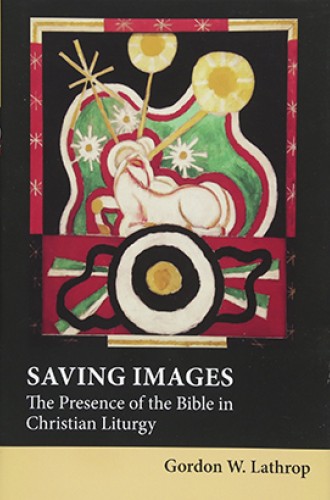The Bible in conversation with the liturgy
Biblical images and stories don’t just give us information about Jesus, says Gordon Lathrop. They also give us something more.
Gordon Lathrop asks Christians to consider the multifaceted and richly revelatory relationships that occur when scripture and lectionary-based eucharistic liturgy interact with one another. His language echoes the relational, interactive motifs that stand at the center of his thesis.
Lathrop speaks of calculations and polyphony. He contends that there is never just one voice but always two—at least two—in the assembly’s weekly lectionary texts that speak to one another. He shows how texts and images resonate back and forth between the ancient scriptures and the Sunday’s weekly service in conversations that are as complex and beautiful as the mandated rituals in Leviticus and Amos’s rejection of the same. Sometimes the voices are complementary and sometimes contradictory. Either way, they illuminate the deep mystery of Christian faith: Christ has died. Christ is risen. Christ will come again.
Lathrop takes readers on a tour that I found akin to liturgical algebra or sympathetic motion. What happens in one sphere has implications for the other. The saving images of the Bible and the liturgy converse with one other, and when they are thus engaged, the assembly experiences Christ most fully present—crucified and risen from the dead.






